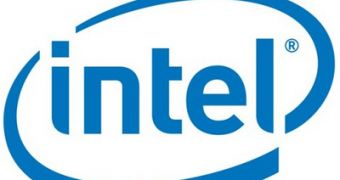HPC world-class player SGI, along with Intel, recently announced that they are partnering with the Defense Advanced Research Projects Agency (DARPA) in order to come up with a new computing architecture for supercomputing, which essentially means that NVIDIA has its work cut out for it.
NVIDIA has long been advocating the usefulness of GPU computing in HPC installations, even prompting DARPA to fund a $25 million project.
Under said project, the GPU maker, along with Cray and others, will have to come up with new hardware and software meant to boost GPU computing performance.
Now, SGI and Intel have entered a partnership of their own, under which they will have to develop a new type of architecture capable of overcoming the limitations of the so-called “evolutionary approach” currently in play.
The main assets that the companies will try to bring to the table are both higher levels of performance, as well as improved energy efficiency.
Of course, new standards of reliability and programmability will also be among the main points of focus of the researchers.
All in all, the resulting UHPC (ultra-high performance computing) systems should be between 100 and 1,00 times less power hungry, while still much more powerful that existing installations.
The first UHPC prototypes should come into being by 2018. NVIDIA will also work with SGI on an exascale computer with highly-parallel graphics processing power.
“SGI is pleased to partner with DARPA and Intel on this groundbreaking program that promises to have far reaching implications for the supercomputing industry,” said Dr. Eng Lim Goh, senior vice president and chief technology officer at SGI.
“To achieve the objectives of the DARPA UHPC program, we need to rethink how we are designing and building supercomputers,” Goh added.
“We look forward to a collaborative research environment that will result in major advances that redefine our industry,” the senior VP concluded.

 14 DAY TRIAL //
14 DAY TRIAL //